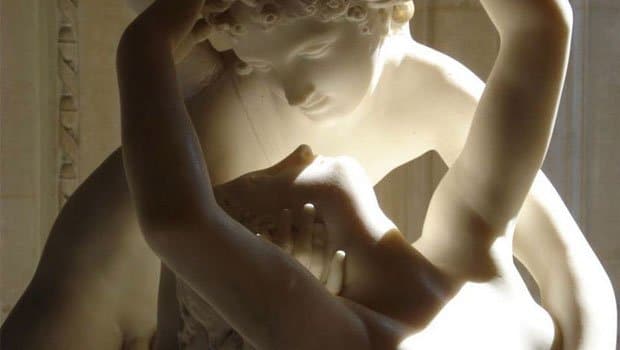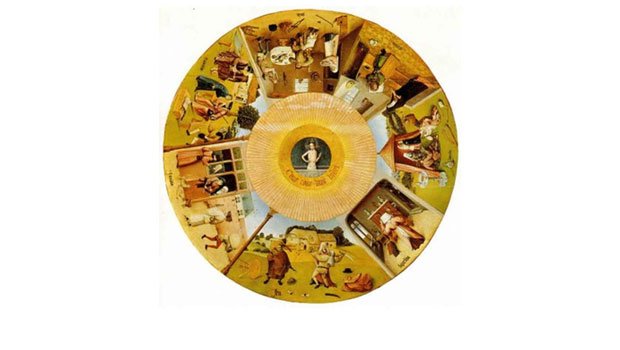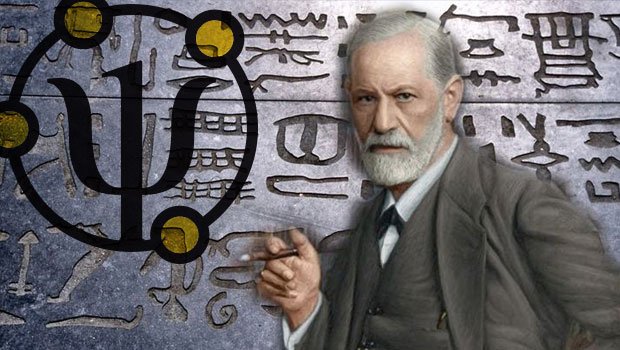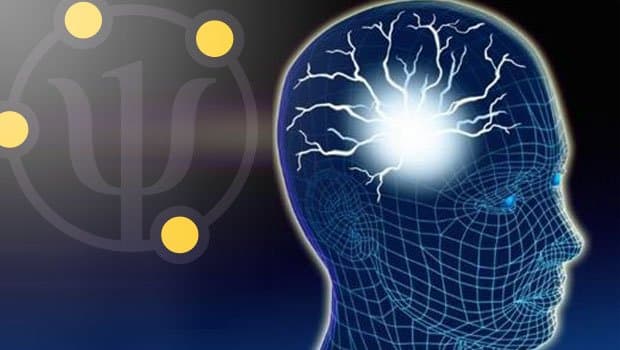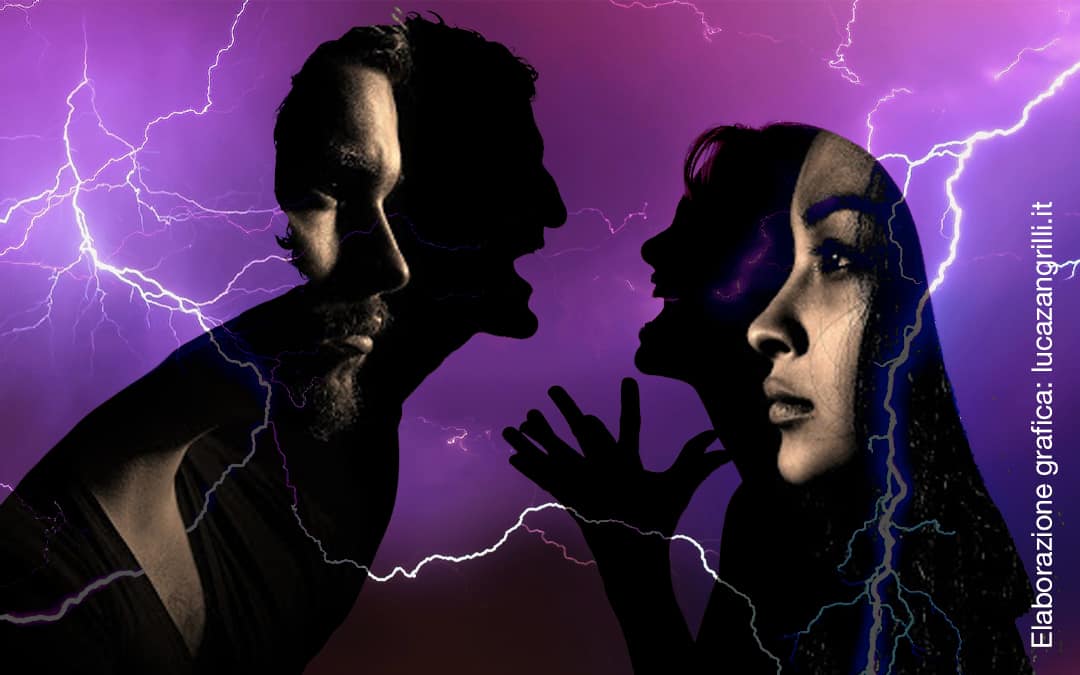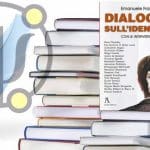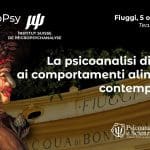Sommario

ERSTARRUNG * |
Freezing (Fixation) |
| Ich such’ im Schnee vergebens Nach ihrer Tritte Spur, Wo sie an meinem Arme Durchstrich die grüne FlurIch will den Boden küssen, Durchdringen Eis und Schnee Mit meinen heißen Tränen, Bis ich die Erde seh’. Wo find’ ich eine Blüte, Wo find’ ich grünes Gras? Die Blumen sind erstorben Der Rasen sieht so blaß. Soll denn kein Angedenken Ich nehmen mit von hier? Wenn meine Schmerzen schweigen, Wer sagt mir dann von ihr? Mein Herz ist wie erstorben, Kalt starrt ihr Bild darin; Schmilzt je das Herz mir wieder, Fließt auch IHR Bild dahin! *[Wilhelm Müller (1794 – 1827)] |
I search in the snow in vain For a trace of her footsteps When she, on my arm, Wandered about the green field.I want to kiss the ground, Piercing the ice and snow With my hot tears, Until I see the earth below.Where will I find a blossom? Where will I find green grass? The flowers are dead, The turf is so pale.Is there then no souvenir To carry with me from here? When my pain is stilled, What will speak to me of her?My heart is as if [frozen], Her image is cold within, If my heart should one day thaw, So too would her image melt away! |
‘Freezing’: is how “Erstarrung” by Wilhelm Müller, is usually translated (also ‘Numbness’), set to music by Franz Schubert.
But, “Erstarrung” here also has the meaning of stiffening, solidification or better still “fixation”, which is much closer to the contents and to the inspiring idea of the piece.
In fact, all the “Winterreise” by Müller-Schubert is the representation in the following frameworks of the pain of a separation: separation from a loved one, separation from society, separation from sweet teenage illusions.
A kind of “Stations of the Cross” in 21 stations: as we say in psychoanalysis, a long elaboration of a mourning which heads towards the pathology. With winter as the background scenery but also as an inseparable companion: winter as a regenerating stasis, the silence and the bitter cold beneath which pulsing death-life dynamics hide.
In the evolution of the above narration in Stations, Erstarrung places itself at the initial glimpse, shortly after the farewell to the village and to his loved one (it is not by chance that the journey begins during the night: “As a stranger I arrived, as a stranger I shall leave”).
But we are still at the beginning of the mourning elaboration: in fact, the mourning has not yet been completely individualised.
This actually happens in Erstarrung: mourning and fixation, two sides of the same coin.
A positive moment in the literal sense of ‘posing the matter’, which will then have to be elaborated.
This brings us to the irremovability of the object which is the source of pain: its absence and its fixation, as in a true mourning which marches towards a pathological elaboration.
The beginning is significant and already places the accent upon a fundamental aspect: the slavery to memories.
As in the most classical of loves everything around smiled when one was with their loved one, now she is no longer there everything seems insignificant, nothing makes sense.
As the joy of the union projected itself onto the colours of spring, now the absence of the love object projects itself onto the cold, white winter and one does not know how much is real or how much is the projection of one’s interior frost.
Instead of the resignation to the present, of the simple nostalgic grief of the love and the spring that were, here a strong dynamic element appears: the voluntary exile in the memory, the seductive imprisonment of the remembrance, the indissoluble fixation of the past, the will to conserve it eternally, as if frozen.
“I don’t want the memory of her to disappear”, the author seems to say in the last verses: in fact if the melting of the winter ice brings a new spring, the one of the loved image will not return her to her lover; on the contrary she will be destroyed forever.
This is the true element of novelty: the similitude between internal and external landscape, similar in the static nature of the present, resolves itself in a dramatic divarication if it is dynamically projected into the future. So much so to want to stop time, to “freeze” winter once and for all.
This dramatic dynamic, as well as in the poetic text, it is also faithfully reflected in the rhythmic structure of the piece. In the place of slow prolonged chords, as in “Gefrorne tränen” (Frozen Tears), here we find a strongly propulsive rhythmic cell, a pounding of triplets with the right hand, uninterrupted from beginning to end upon which a grave and unsettled movement of basses is inserted, which dramatically balances the apparent lightness of the chant.
(We recommend the listening of the piece below)
Therefore, it is anything but the static contemplation of a memory. As if this were not enough, the light and dark of the emotions find a punctual confirmation in the musical structure of the piece: to a beginning (and end) in minor tonality, a central riff in major tonality corresponds, where the agony of the memory seems to transfigure itself into a brief moment of brightness
(We recommend the listening of the piece below)
To begin with, once again, the dramatic pounding of the first bars, in correspondence with the verses: “Shall then no momento accompany me from here? When my pains cease,
Who will tell me of her then?”
More meaningful than this! … But evidently this was still not enough for the author to express the attachment to pain.
And so, here is the close to better explain it, if it were still necessary: “It seems my heart is dead: her face etched on the ice. If my heart ever pines, her face will fade away”: Whereas a literal translation, perhaps more accurate would give “frozen” instead of “dead” and “melts” instead of “pines”, and these are not subtleties.
The pain is like a unique and faithful travel companion and its jealous safekeeping like an apparent ‘therapy’.
There is little or nothing to add to the narration: after the end of the chant even the tension of the rhythm loosens and it gradually fades into silence
Please, listen to the complete piece
The theme of freezing has been discussed in depth by Nicola Peluffo in an article reserved for his pupils. They are truly difficult concepts that only an audience familiar with psychoanalytic terminology could understand.
Therefore we will face them in a much more traditional and educational manner, but I hope, just as correctly.
As we all know in the freezing process of water, for instance, there is a slowdown of the molecular agitation motion and the structuring of bonds which are more rigid between atoms: the structure crystallises and it becomes apparently stronger.
By ‘freezing’ we intend the process of a rigid structure formation which has defensive goals but which in the end results in a loss of the possibilities of exchange with the environment and thus the impossibility of libido feeding.
The subject freezes himself to protect his structure at a great cost: the end of time, the end of interaction.
Everyone knows how one of the most diffused behaviours of reaction towards danger which exists in nature is the self-immobilisation. When the potential prey understands that it cannot escape from the predator it puts into act as the last attempt of preservation, the vital immobilisation. At times it annuls the perception of its shape in the mind of the aggressor and gets away with it.
Therefore, the subjects frozen in love are people who have experienced a potentially mortal loss. In general, structures which have made an enormous libido investment on an object which was then brutally and suddenly subtracted (deaths, brutal break-ups, emigrations, etc.).
But as history repeats itself and not all the subjects who undergo brutal losses respond by freezing, but on the contrary they have the possibility of elaborating their grief and of progressively withdrawing the investment they made and replacing it on one’s own Ego (the process described by Freud as ‘secondary narcissism’), we hypothesise that this defensive modality has been assimilated precociously.
Peluffo hypothesises that subject who freeze themselves are subjects that have undergone important intrauterine traumas. As is well-known in the uterus the escape or avoidance mechanism is not possible and only one defensive modality remains for the foetus: becoming a clone of its mother, trying to disappear into mimicry, attempting to escape the cannibalistic aggressiveness of the immune reaction which often develops in some pregnancies.
The last sentence of the Lieder by Schubert-Muller is illuminating:
My heart is as if dead [frozen],
Her image is cold within,
If my heart should one day thaw,
So too would her image melt away!
The heart is as if it were dead, in other words, there is a paralysis, a suspension of the affectivity, a mixed process of inhibition and repression of the instincts. It is the genesis of fixation: the mould of the trauma image which protects from an even greater pain, that of the disintegrating perception of the Void, of the Absence of the object. For this reason very often the abandoned subjects cradle themselves in the compulsive memory of the last image of the Witch or Monster that abandoned them, they relive the event of the separation thousands of times trying to freeze that moment, and go no further to avoid placing the next foot into the abyss of the Void and Absence.
This is exactly the field of investigation of the intensive psychoanalysis: the elaboration of the impact with the constitutive Void. For some psychobiological structures a completely devastating perception which mobilises immobilising defences, such as the compulsive loop, the persecutory hallucination, the sexual hibernation and the anhedonia.
A kind of work which is absolutely impossible in the canonic 60 minute session during which it is more or less impossible to obtain a lowering of the defences sufficient to allow the patient to face, with the guide of the psychoanalyst, the journey into the unknown and incomprehensible which has no form or name.
From a “Novel in Search of an Author”:
“She had entered like the missing piece of a puzzle, precise and exact as the void that awaited her.
I had the impression that that void had been waiting for that missing piece, her and only her, for all its life.
I immediately tried and in every way to freeze that moment, to preserve that perfect union from the mutations and the wear and tear of time.
Soon I became aware of the pain that it brought me: even after very little time that perfection was no longer the same. The magic moment of the perfect slot had disappeared and everything seemed to go back to normal.
The degrading of time, the fading of the magic moment, the rapid separation of the piece from its context, at one time perfectly coupled: I endured all of this with a sense of guilt which became even more intense at the idea of a definitive separation. Forget her, erase her? Never.
Just like a child morbidly attached to his toy, even though no longer liking it, but from which he cannot be separated for another toy, nor can he tolerate the idea of “killing” it by throwing it away. Ungrateful and guilty: this is the truth.
Assassinating a memory, the trace of a beautiful as well as fleeting moment of a fullness and perfection? Like killing oneself or perhaps worse.
And, as a perfect culprit, I caressed the idea of the punishment I would undergo: a life sentence.
Condemned to stare at that moment eternally, to segregate myself from everything for life, just to keep the corpse at home, like in that thriller by Camilleri. Even worse: as corpses decay soon or later, I would have hibernated or mummified her, swearing eternal fidelity”
Nel 2024 riceve il Premio Accademico d’Onore della Accademia Culturale Internazionale Cartagine 2.0.
Doctor Quirino Zangrilli was born in Fiuggi in 1955. Graduated with honours in Medicine and Surgery in 1980, he practices Psychoanalysis, with intensive method, since 1982. He is author of 72 scientific pubblications. He has attended as speaker or president of session to many national and international scientific Conventions. His book “La vita:involucro vuoto” (Life: empty involucre), published by Borla in 1993, has been in use by the Chair of Dynamic Psychology at Turin’s University since 1994. He is the author and founder of the multimedia review “Psicoanalisi e Scienza” (Psychoanalysis and Science), the most read Italian on line review of psychoanalysis. In 2012 he participated as a Speaker at the Scientific Festival of BergamoScienza. In 2013 he illustrated his research on the maternal-fetal interaction in the Special Session of the XI World Congress of Perinatal Medicine in Moscow with his relation “Intrauterine Imprinting”. He is visiting teacher at Moscow Institute of psychoanalysis and training psychoanalist of Swiss Institute of Micropsychoanalysis.
In 2024 he received the Honorary Academic Award of the Carthage 2.0 International Cultural Academy
Le Le Docteur Quirino Zangrilli est né à Fiuggi en 1955. Diplômé avec mention en Médecine et Chirurgie en 1980, il pratique la psychanalyse depuis 1982, en utilisant une technique intensive. Il est l’auteur de 72 livres et publications scientifiques. Il a participé en tant que conférencier ou président de session à de nombreuses conférences scientifiques nationales et internationales. Son livre “La vie : enveloppe vide”, publié par Borla en 1993, est adopté depuis 1994 par la Chaire de Psychologie Dynamique de l’Université de Turin. En 1994, il a reçu le “Prix national Ciociaria de médecine”. Il a conçu et fondé le magazine multimédia “Psicoanalisi e Scienza”, qui est le magazine de psychanalyse en ligne en italien le plus suivi au monde. (Source : Entireweb, Alexa, Google, Virgilio, Arianna., etc.). En 2012, il a participé en tant que conférencier à la colloque scientifique de BergamoScienza. En 2013, il a exposé ses études sur l’interaction materno-fœtale lors de la session spéciale du XIe Congrès mondial de médecine périnatale à Moscou avec le rapport “Intrauterine Imprinting”. Il est chargé d’enseignement au cours de spécialisation de trois ans en psychanalyse, psychothérapie psychanalytique et consultation psychanalytique à l’Université de Moscou. Il est membre didacticien de l’Institut Suisse de Micropsychanalyse et de la Commission pour la Pratique de celui-ci.
En 2024, il reçoit le Prix Académique Honoraire de l’Académie Culturelle Internationale Carthage 2.0.
В 2024 был награжден Почетной академической премией Академии Международной Культуры «Карфаген 2.0».

